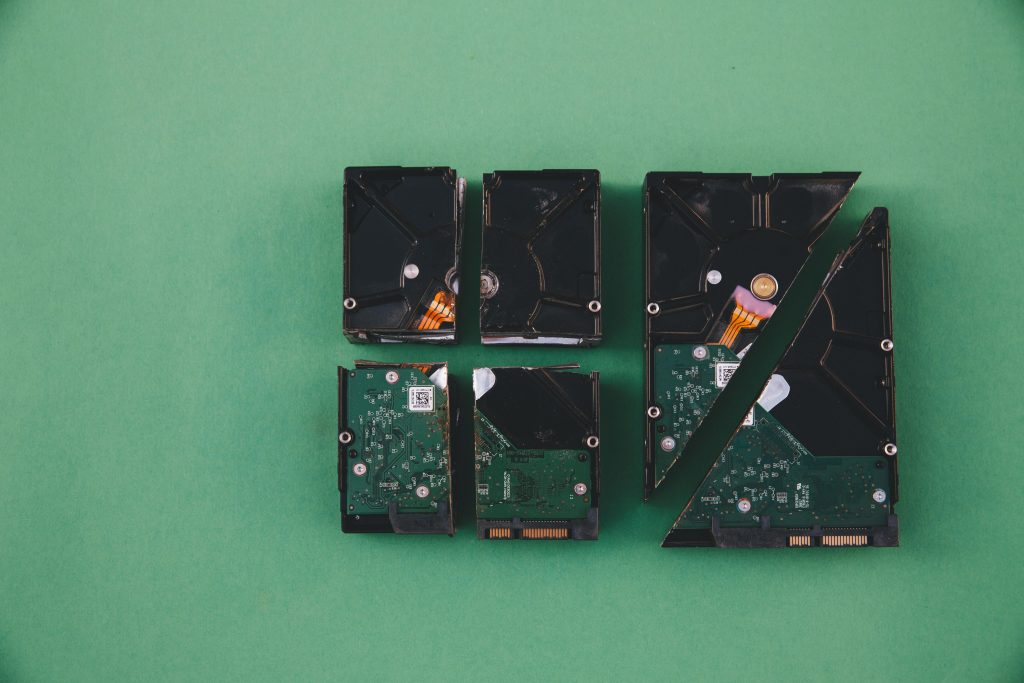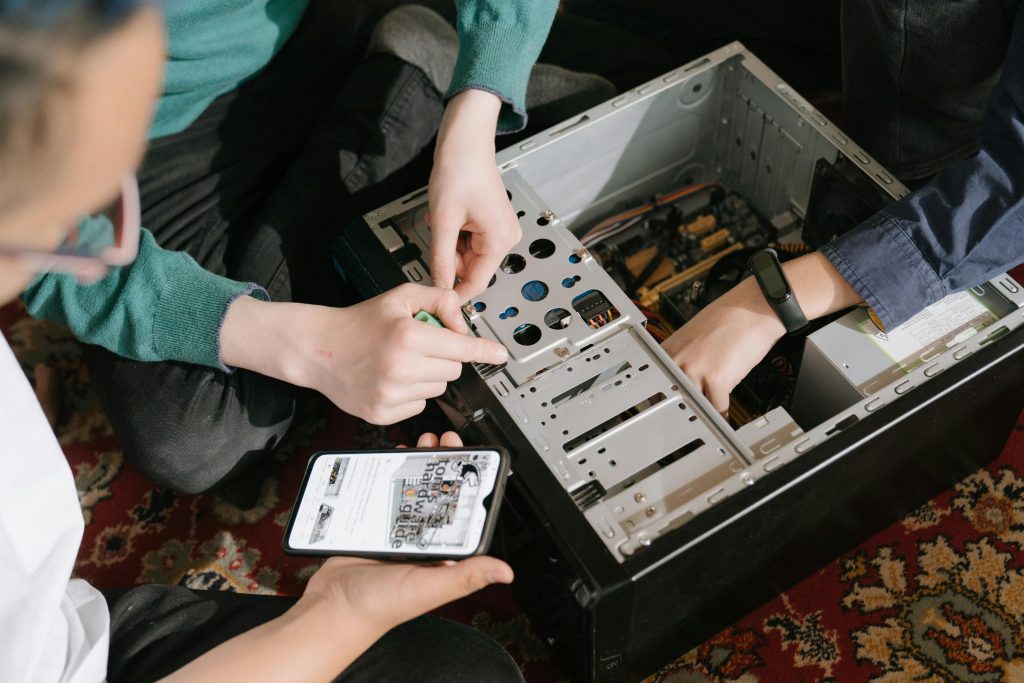Troubleshooting a Yellow Screen on Your Computer: A Guide to Resolving Display Issues
If you’ve ever encountered a yellowish tint on your computer screen, you understand how frustrating and concerning it can be. One moment, everything is functioning smoothly, and the next, your display is stuck with an unfamiliar hue. In this article, we’ll explore the possible causes of this problem and provide actionable steps to help you resolve the issue.
Understanding the Yellow Screen Phenomenon
Experiencing a yellow tint on your computer display can stem from various factors. Whether it’s a hardware malfunction, a software issue, or a simple misconfiguration, it’s essential to approach the problem methodically.
Common Causes of a Yellowish Display
-
Display Settings Misconfiguration: Sometimes, incorrect adjustments to display settings can cause color distortions.
-
Driver Conflicts: Outdated or corrupted graphics drivers may lead to display problems.
-
Cable Connections: A loose or damaged cable connecting your monitor to your computer could affect the display quality.
-
Hardware Problems: Issues with the monitor itself can manifest as unusual color casts.
What to Do If Your Screen Turns Yellow
If you find your screen stuck with a yellow hue and your keyboard and mouse are unresponsive, here’s a step-by-step guide to help you troubleshoot the problem:
Step 1: Restart Your Computer
The first thing to try is a simple restart. If your inputs are unresponsive, press and hold the power button until the computer shuts down. Wait a few moments, then turn it back on.
Step 2: Check Connections
After restarting, if the problem persists, inspect the cables connecting your monitor to your computer. Ensure that they are securely plugged in and check for any visible damage. If you have another cable, try swapping it out to see if that resolves the issue.
Step 3: Adjust Display Settings
Once your computer has restarted, navigate to your display settings:
– Right-click on the desktop and select “Display settings.”
– Look for the color calibration settings and reset them to default, if possible.
Step 4: Update or Reinstall your Graphics Drivers
Outdated or corrupted drivers can affect display functionalities:
– Go to the Device Manager (right-click on the Start menu and select it).
– Find “Display adapters,” right-click your graphics card, and select “Update driver.”
– Follow the prompts to search for updates.
Share this content:


